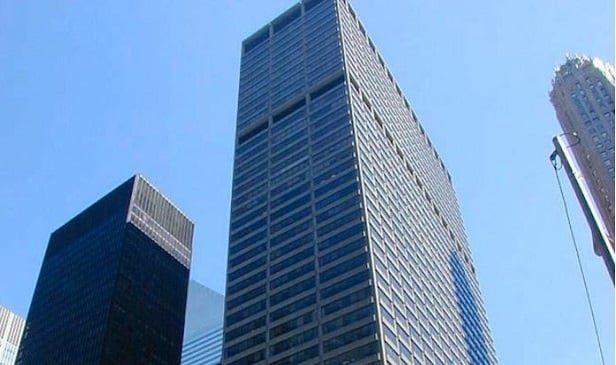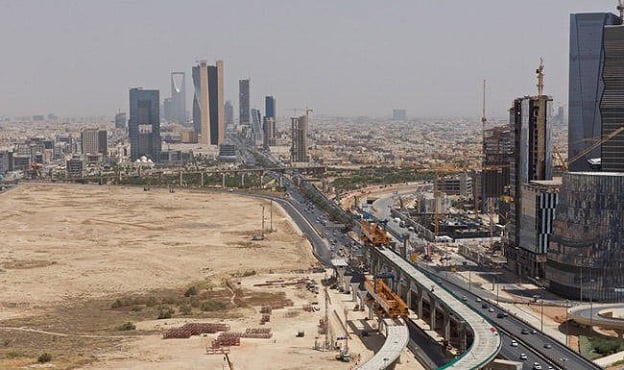HONG KONG-The Asia Pacific commercial real estate market is cruising at a time the rest of the world is wallowing, in large part because China’s fundamentals, such as high GDP, have led the region, according to a recent 2012 CBRE Market Outlook. In fact, the one worry for these markets is the too-large construction pipeline, a concern not even on the radar in Europe or the United States.
It’s clear that both corporate users and investment will continue to flow into the Asia Pacific market, said Nick Axford, head of Asia Pacific Research for CBRE, in a recent podcast discussion. “While the global uncertainty has created an unfavorable environment across the world, it’s a very different picture in the Pacific,” he said. “As long as the region doesn’t see another serious global setback, the expectations are that most of the local economies are going to see healthy levels of growth in the next year.”
Office supply issues are affecting India, Seoul, Singapore and the secondary markets of China, as developments now under construction and through the next few years will put a strain on vacancy and rent in 2012. In Singapore, for example, the pipeline holds about 10 million square feet of new construction through the next five years. “Class A office will likely see a 10% decline in the next year,” said Petra Blazkova, head of research for Singapore and Southeast Asia, during the podcast. “Class B and below office will likely see somewhat worse declines.”
Across countries such as China, Australia and India, however, the vacancy problems are varied. Cities such as Bombay, New Delhi and secondary markets in China face large pipelines of development, while Beijing, Sydney and Bangalore are tight, and will likely stay tight for the next few years.
The benefits of the Asia Pacific region are many, Axford said, such as companies that are closing offices throughout the rest of the world are making sure to create a presence in this region. Gross Domestic Product is expected to top 5% in the first quarter of 2012, while the rest of the world will stay below 5%. China’s GDP cruises above it all at around 8%, with the government’s attempts to slow growth hampered by worries about increased inflation.
This region’s economies are still affected by the global downturn, as many areas such as Singapore and Hong Kong feed off of global trade. And Japan is still struggling near the bottom, though buildings with foundations strong enough to withstand earthquakes have been attracting the most attention, Axford said. However, as global “risk-off” investors focus on quality properties and strong yields, the Asia Pacific region is at the top of their list for 2012, he said.
Want to continue reading?
Become a Free ALM Digital Reader.
Once you are an ALM Digital Member, you’ll receive:
- Breaking commercial real estate news and analysis, on-site and via our newsletters and custom alerts
- Educational webcasts, white papers, and ebooks from industry thought leaders
- Critical coverage of the property casualty insurance and financial advisory markets on our other ALM sites, PropertyCasualty360 and ThinkAdvisor
Already have an account? Sign In Now
*May exclude premium content© 2024 ALM Global, LLC, All Rights Reserved. Request academic re-use from www.copyright.com. All other uses, submit a request to [email protected]. For more information visit Asset & Logo Licensing.








